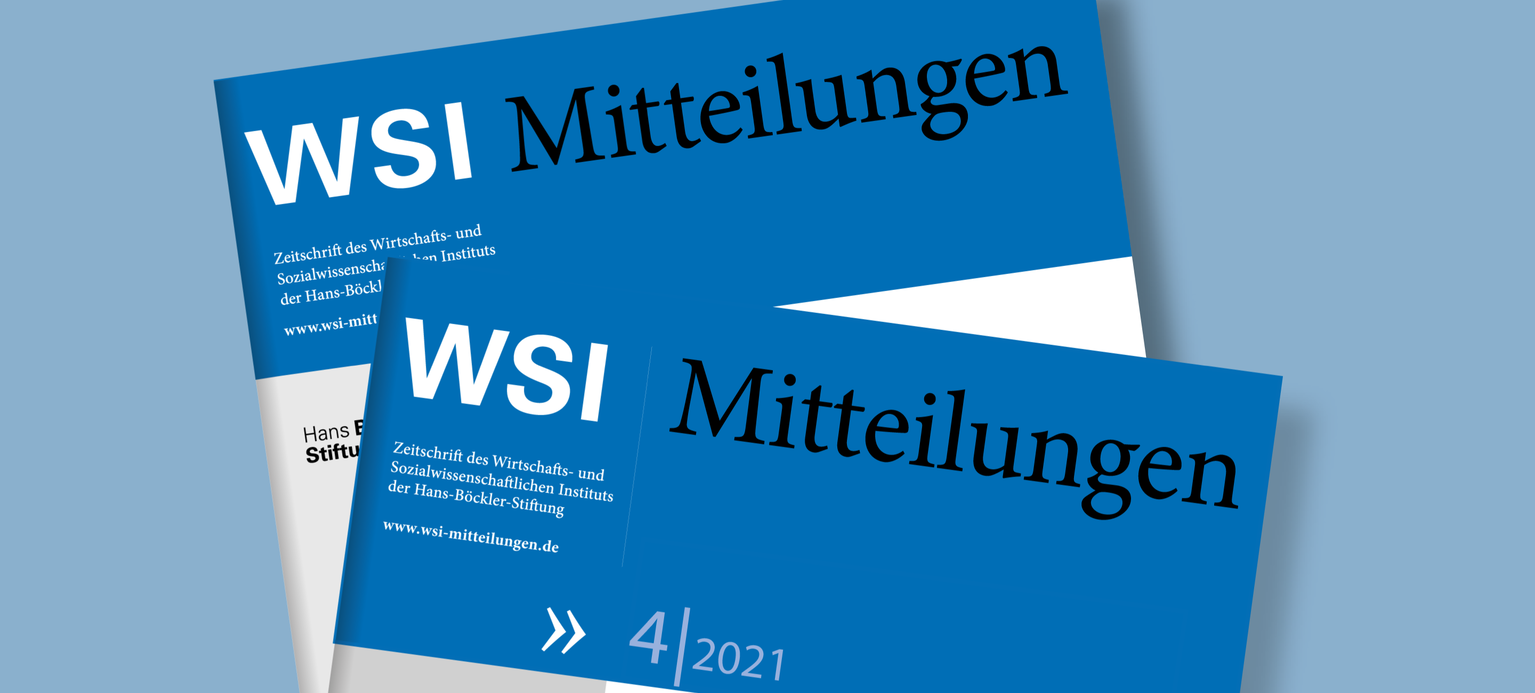Linckh, Carolin / Tiefensee, Anita : Armut trotz regelmäßiger Erwerbstätigkeit
DOI: 10.5771/0342-300X-2021-4-315
Seiten 315-322
Zusammenfassung
Dieser Beitrag analysiert für den Zeitraum 1999–2018, arbeitsmarkt- sowie sozio-strukturelle Entwicklungen von regelmäßig Erwerbstätigen, die unter bzw. über der Armutsschwelle leben. Die Auswertung zeigt eine steigende Quote der regelmäßig Erwerbstätigen, die über der Armutsschwelle leben, wohingegen die regelmäßige Erwerbstätigkeit bei Menschen, die unter der Armutsschwelle leben, nicht signifikant angestiegen ist. Frauen erhöhten ihre Erwerbsbeteiligung überdurchschnittlich, vielfach in Form von Minijobs. Die Lohnentwicklung zeigt, dass Erwerbstätige, die nicht von Armut betroffen sind, im betrachteten 20-Jahres-Zeitraum von einem realen Lohnanstieg profitierten, wohingegen sich der Bruttostundenlohn bei regelmäßig Erwerbstätigen, die von Armut betroffen sind, nicht signifikant veränderte, sondern vielmehr zwischen 1999 und 2012 gesunken ist. Die Analyse zum Bildungsniveau weist aus, dass in der Gruppe der regelmäßig Erwerbstätigen seit 2006 ein Anstieg des Anteils der Erwerbstätigen ohne Berufsabschluss zu verzeichnen ist. Im gleichen Zeitraum ist das Armutsrisiko für diese Menschen angestiegen. Insgesamt wird deutlich, dass auch eine regelmäßige Erwerbsarbeit viele Menschen nicht vor Armut schützt und (politische) Gegenmaßnahmen erforderlich sind.
Abstract
Poverty Despite Regular Employment
For the period 1999–2018, this article analyses the labour market and socio-structural developments of regularly employed people who live below or above the poverty line. The analysis shows an increasing proportion of the regularly employed to be living above the poverty line whereas regular employment among those living below the poverty line has not significantly increased. An above-average number of women increased their labour market participation – many in the form of mini-jobs. Wage developments show that those in continuous employment and not living below the poverty line benefited from wage increases in the twenty year period, whereas this was not the case for those living below the poverty line. In fact, their real hourly wages declined between 1999 and 2012. The analysis of qualification levels since 2006 shows that in the group of the continuously employed, the proportion of the employed without a vocational qualification has increased and in the same period of time, the risk of poverty for this group has also increased. Overall, this analysis reveals that continuous employment does not protect employees against income poverty and (political) measures are necessary.
